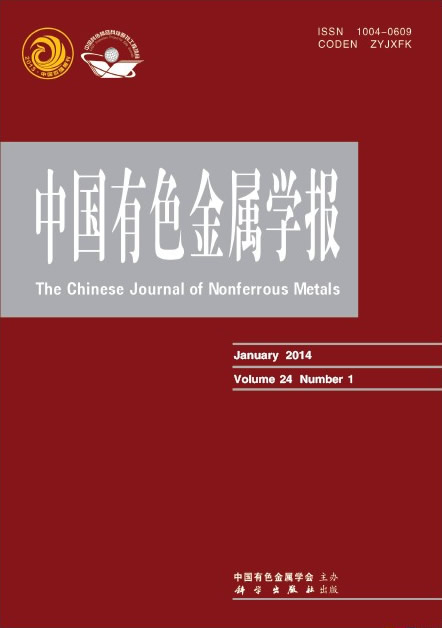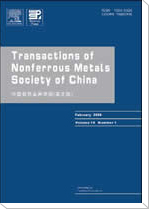(西北工业大学 凝固技术国家重点实验室,西安 710072)
摘 要: 研究块体Ti40Zr25Ni8Cu9Be18非晶合金在液氮温度下的准静态压缩力学行为,并对不同应变速率时的低 温力学性能和室温性能进行对比。结果表明:块体Ti40Zr25Ni8Cu9Be18非晶合金在低温时的压缩强度明显高于室温时的压缩强度;且随着应变速率的增大,低温压缩强度增加的幅度较大,即正应变速率敏感因子增大;在液氮温度和低应变速率条件下,光滑断面的出现说明低温对降低粘度起着阻碍作用,粘度降低的量级没有达到形成脉状花样所需要的要求;随着应变速率的增加,剪切断口脉状花样的出现说明高应变速率能够明显降低剪切面粘度。
关键字: 钛基非晶合金;压缩强度;液氮温度;力学性能
bulk metallic glass at cryogenic temperature
(State Key Laboratory of Solidification Processing, Northwestern Polytechnical University, Xi’an 710072, China)
Abstract:The compressive mechanical behaviors of the Ti40Zr25Ni8Cu9Be18 bulk metallic glass(BMGs) at cryogenic temperature and different strain rates were investigated, and the mechanical properties at temperature and different strain rate were compared with those at room temperature. The results show that the compressive strength at cryogenic temperature is higher than that at room temperature, the compressive strength at cryogenic temperature increases linearly with increasing strain rates, and the positive strain rate sensitivity exponent increases. The observed smooth failure surface demonstrates that the cryogenic temperature effectively restrains the decrease of the viscosity, and the decreased viscosity do not reach the requirement of forming the vein-like patterns, which is different from that of the deformation character at room temperature. With increasing strain rate, the appearance of vein-like patterns reveals that high strain rates can decrease the viscosity of shear surface.
Key words: Ti-based metallic glasses; compressive strength; cryogenic temperature; mechanical properties


